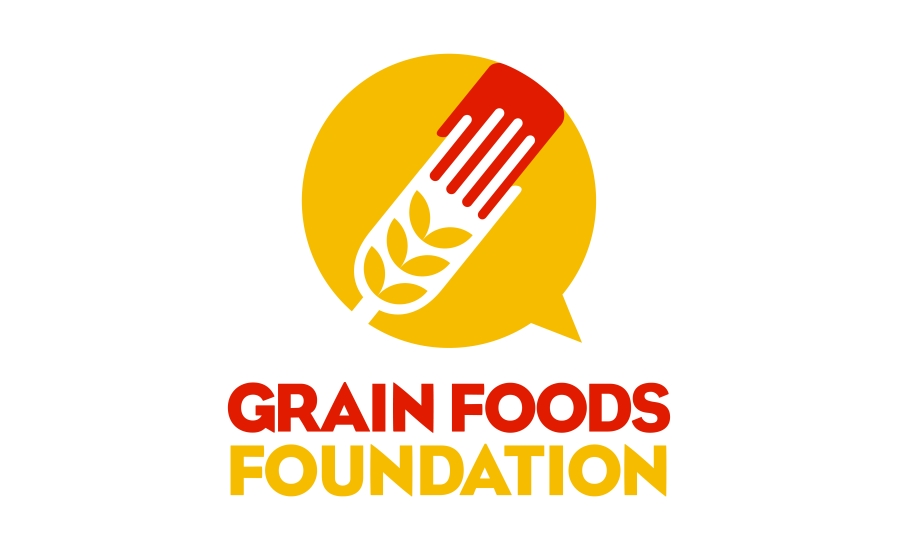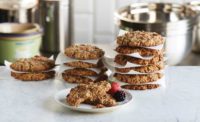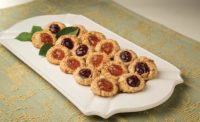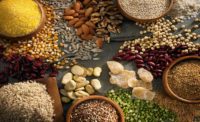Grain diversity has grown into a topic of great interest in the wake of significant gluten-free and other snack and baked goods innovation of late. Including diverse grains in snacks and baked goods helps build better-for-you appeal in an age where shoppers have begun to expect more in terms of the nutritional content—and flavor—they find in products like breads, chips, puffs and more.
In order to dig deeper into the snack and bakery industry’s possibilities with grains, we reached out to Christine Cochran, executive director, Grain Foods Foundation (GFF).
Douglas J. Peckenpaugh: What are you seeing in the way of better-for-you products in the baked goods and snacks categories? Are you seeing growth or interest in any particular type of product—crackers, crisps, chips, breads, etc.?
Christine Cochran: Weight loss is often top of mind when consumers reach for “better-for-you” products. Fiber is becoming the new protein, with more consumers looking for fiber to aid in weight loss and contribute to overall health. In addition to fiber being an essential nutrient and aiding in weight loss, it can also provide health benefits such as helping to lower the risk of heart disease, control blood sugar levels and aid in digestion. Millennial consumers are frequent snackers, but they are also health-conscious and demand healthy, better-for-you products in the snack aisle.
DJP: How do grains fit into the better-for-you picture when it comes to baked goods and snacks?
CC: Americans are snacking more and it is paying off. Grain-based snacks are an excellent source of shortfall nutrients, including fiber, calcium iron, magnesium, vitamin D and folic acid, that are crucial for a well-balanced diet. In a recent study supported by GFF, researchers found that the consumption of salty snacks and crackers in children is correlated with a healthier diet overall. These children are getting more fiber and essential nutrients, and tend to eat more fruit, as well.
DJP: What type of grains do consumers seem to be most interested in adding to their diets? Is it because of the buzz surrounding some of these grains, because they’re familiar with their attributes, or another reason?
CC: Consumers are increasingly focused on adding whole grains to their diets, but in general more Americans need to consume both whole and enriched grains to meet the recommended Dietary Guidelines for Americans. Grain-based products such as breads, pastas and crackers are rich in fiber as well as other essential nutrients and should be top-of-mind for consumers seeking healthy options that can help people feel fuller for longer. Consumers are becoming more conscious of healthy eating patterns and understand that a well-balanced diet is the best option to maintain overall health.
DJP: Please discuss the nutritional benefits and possible uses of some interesting grains well-suited for use in baked goods and snacks.
CC: Different grains offer unique health benefits and uses. Whole wheat is a great energy source because it contains all parts of the grain: the kernel, bran, germ and endosperm and is a good ingredient for pies and muffins. Corn is rich in vitamins A, B and E, as well as many minerals. Its high fiber content acts against digestive ailments like constipation and hemorrhoids, and its antioxidants act as anti-carcinogenic agents that help prevent Alzheimer’s disease. Quinoa contains all nine essential amino acids, and is therefore one of the most protein-rich foods we can eat. Quinoa paired with maple syrup and a handful of nuts is a perfect sweet and healthy snack. Rice boosts skin health, increases the body’s metabolism and can be used in puddings and tres leches cakes. Though not as common, millet is one of the best grains for heart health because of its rich source of magnesium. It reduces blood pressure and is delicious in granola and protein bars.
DJP: Are there any other up-and-coming grains that could have potential for use in snacks and baked goods?
CC: Consumers may not initially realize it, but ancient grains such as kamut, farro, amaranth, teff and quinoa, which have again become popular in recent months, are good ingredients for baked goods and snacks. In fact, Packaged Facts reports that as of September 2015, nearly a fifth of American adults had purchased menu or grocery items featuring ancient grains in the past 30 days. Ancient grains can be used to make healthier versions of some of our favorite foods.
DJP: What can bakers and snack producers do to help retailers get the word out about the benefits of grains?
CC: Grains are an essential part of a healthy diet. Reminding consumers that grains are rich in nutrients and help to prevent a variety of diseases will continue reinforcing consumer interest in grain products. In fact, according to research in The FASEB Journal, grain eaters tend to have more optimal nutrient intakes than people who avoid grains. Bakers and snack producers can help retailers make these benefits known to consumers by providing easily-digestible health information on product packaging and promotional materials.





